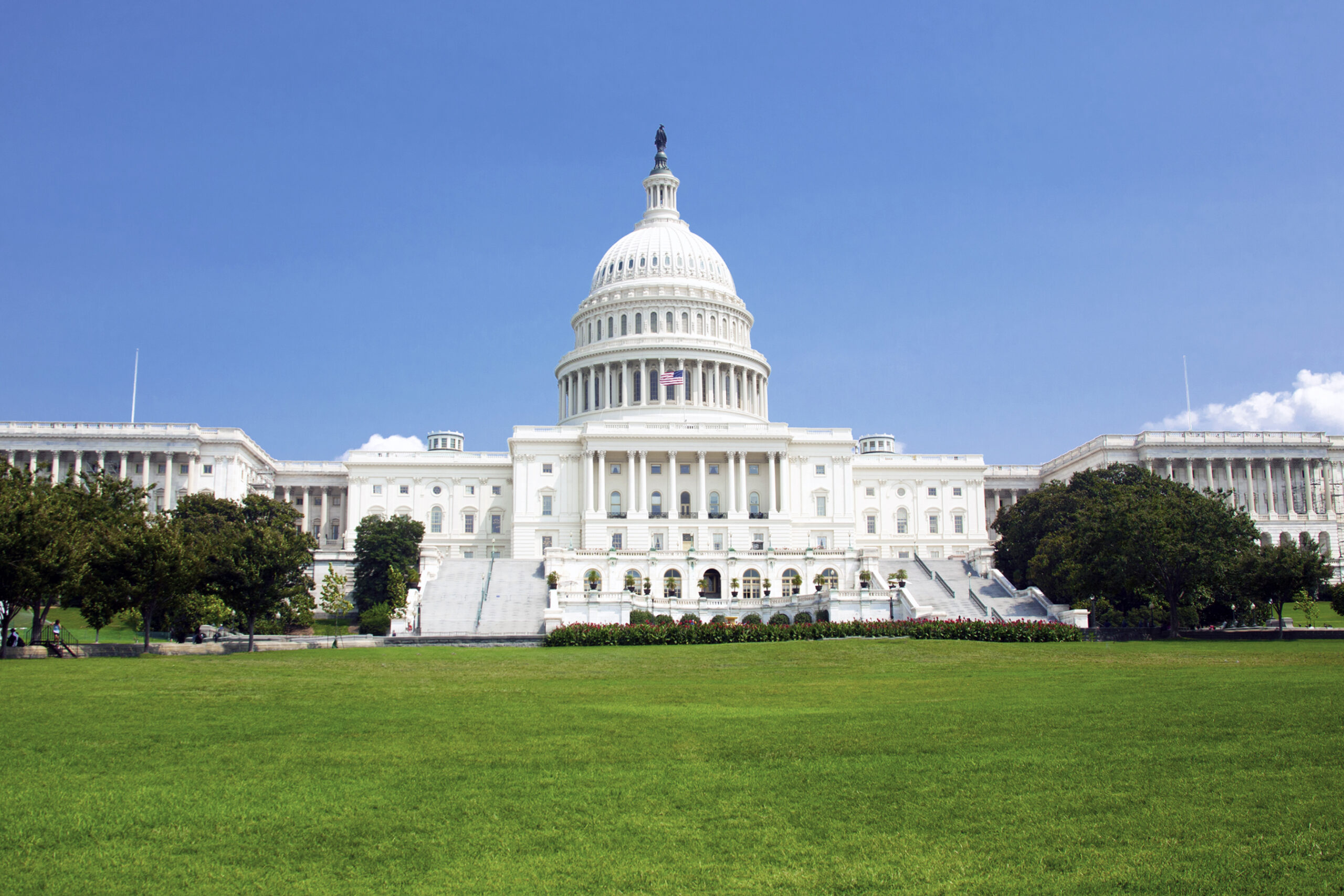
Federal policy directly and indirectly impacts policy changes at the local, state and regional levels. A policy instituted nationally can have different implications for each state as a result of their respective gross state product, input, output, and linkages to in-state and out-of-state programs and plans.
Legislative leaders and policymakers determine the overall scope of a national policy and must evaluate the total impacts of policies and programs before implementation. Substantial analysis creates a higher understanding of the expected effectiveness of a drafted bill or specific type of bill.
REMI models allow analysts to decipher the potential outcomes of national policies and programs. REMI PI+, TranSight, Tax-PI, and the rest of the catalogue of economic models provide a variety of data and forecasts researched and compiled across the United States.
National assessment also requires more information in order to run models and forecast the effects and the REMI models are prepared for multi-region and multi-state analysis. Arranging as much data as possible initially will manifest the highest accuracy for the final economic total and the residual effects of that outcome.
REMI studies range from beverage taxes to fixing entitlements, from paid sick leave to automaker bankruptcies.
Ernst & Young
National Education Association
North Carolina Department of Commerce
Sandia National Laboratories
South Coast Air Quality Management District
Tennessee Valley Authority
Texas Comptroller
University of Michigan
Wyoming Department of Administration & Information
President Donald Trump has made it a priority of his administration to reduce the size of the federal workforce and has...
Read MoreThe United States experiences many natural disasters each year that destroy private property and critical...
Read MoreREMI software was utilized to model the economic impact of raising the federal minimum wage from $7.25 per hour to...
Read More